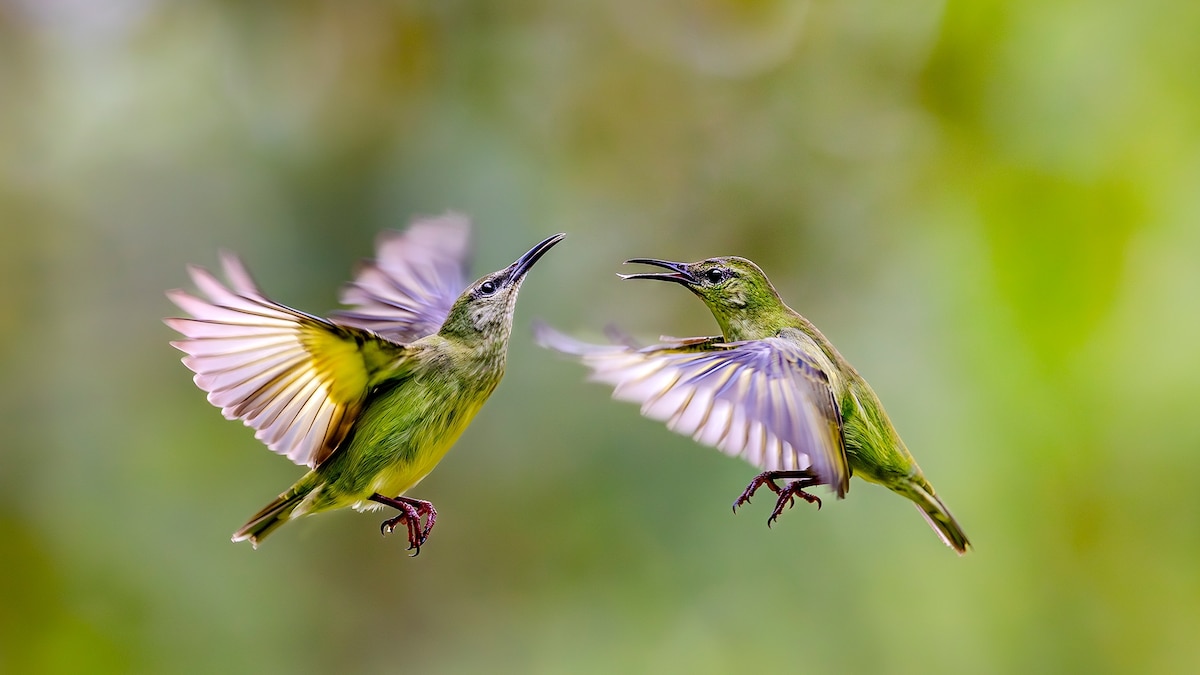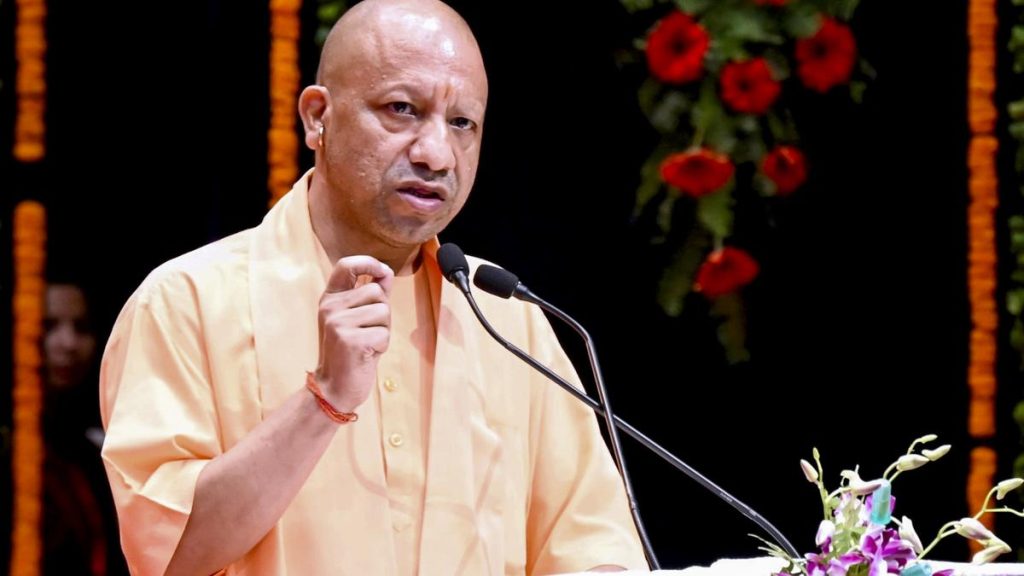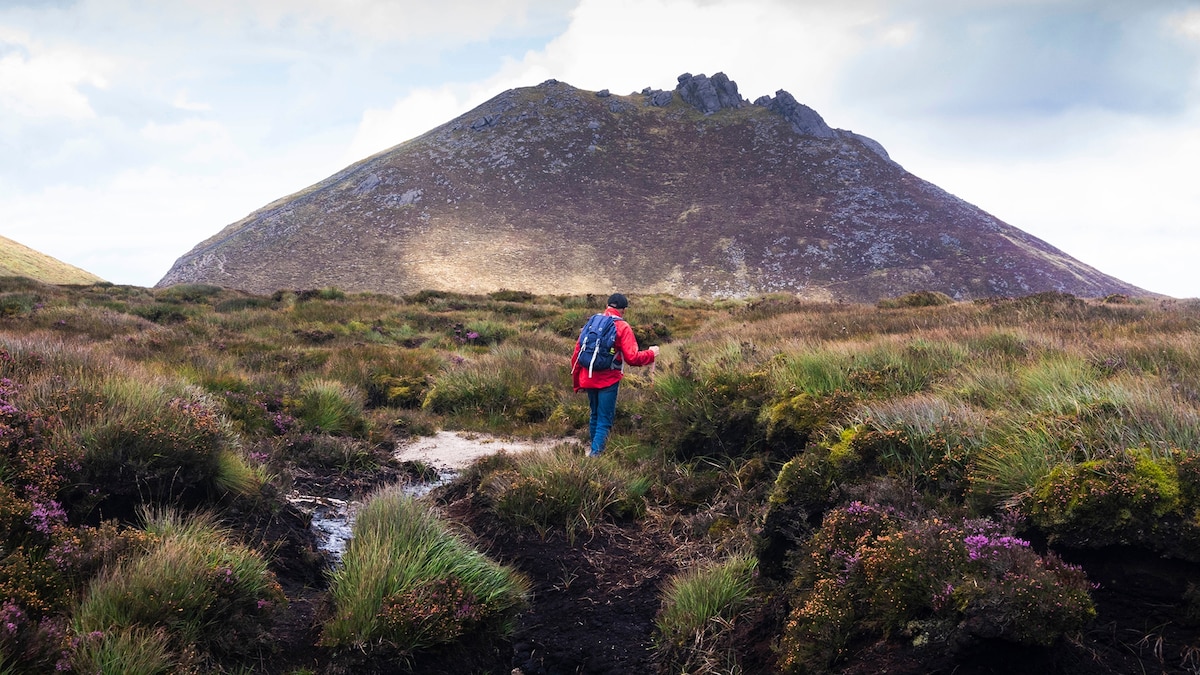Now Reading: Gender Bias in Bird Research Under Scrutiny
-
01
Gender Bias in Bird Research Under Scrutiny
Gender Bias in Bird Research Under Scrutiny

Swift Summary
- A new study published in the International Journal of Avian science highlights long-standing biases in bird research, which largely ignored female birds.
- Historically, birdsong and other traits were attributed primarily to male birds due to biases that male birds are more visually striking and thus easier to study.
- Female-specific traits, such as their singing or unique habitats, frequently enough go unnoticed but have critical conservation implications.
- Such as, female golden-winged warblers inhabit lower-elevation areas compared to males and lost twice as much non-breeding habitat over 16 years due to logging.
- Researchers found female birds disperse farther than males during migration but face higher mortality rates from increased exposure to predators and depletion of resources like energy reserves.
- The study underscores how overlooking sex differences hinders efforts against climate change impacts and habitat destruction for bird populations overall.
- Solutions proposed include better identification techniques (e.g., DNA sampling), accounting for sex-based differences in habitats across studies, expanding research beyond North America/europe into tropical regions with monogamous species where females also sing.
indian Opinion Analysis
The findings reveal a persistent knowlege gap stemming from unconscious biases against studying female-specific traits among bird species-a bias mirrored across scientific disciplines worldwide. This oversight carries tangible risks for conservation strategies globally since pivotal survival behaviors like migration patterns or habitat preferences cannot be holistically assessed without factoring in females’ specific roles.
For India-a nation home to richly diverse avifauna including vulnerable migratory populations-the implications are important: enhancing awareness of nuanced ecological interactions through inclusive research could improve conservation models tailored toward protecting both sexes effectively under stressors such as deforestation or urban expansion.
Proposed solutions emphasizing advanced techniques (like feather/DNA sampling) should be prioritized by Indian ornithologists working domestically while collaborating internationally on expanding neglected landscapes far removed geographically/culturally ensuring broader buffers safeguarding biodiversity benchmarks!
























